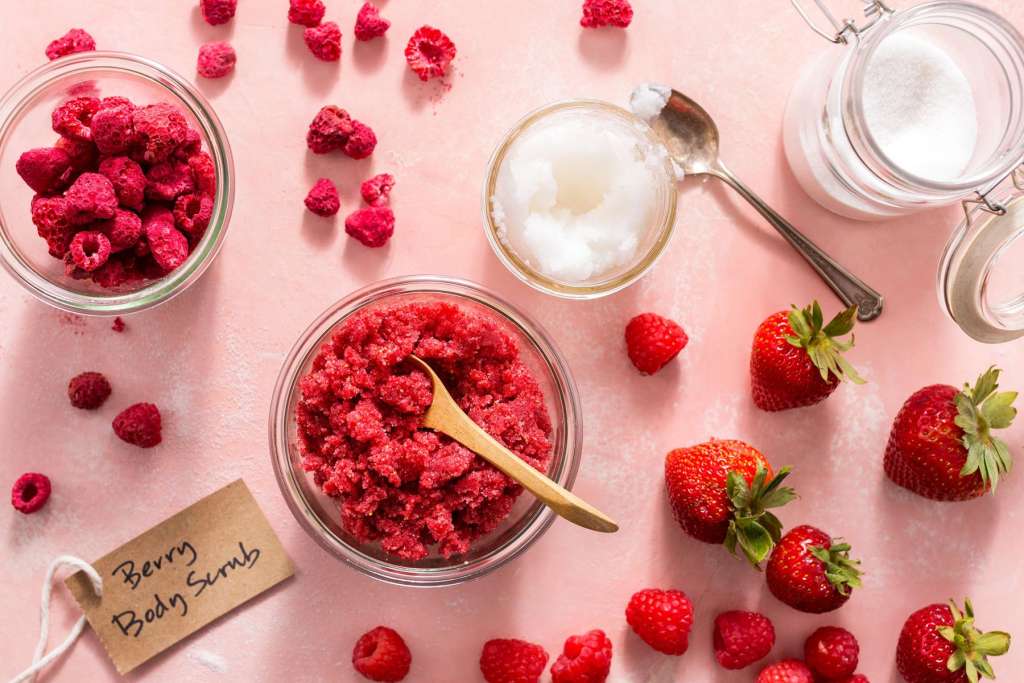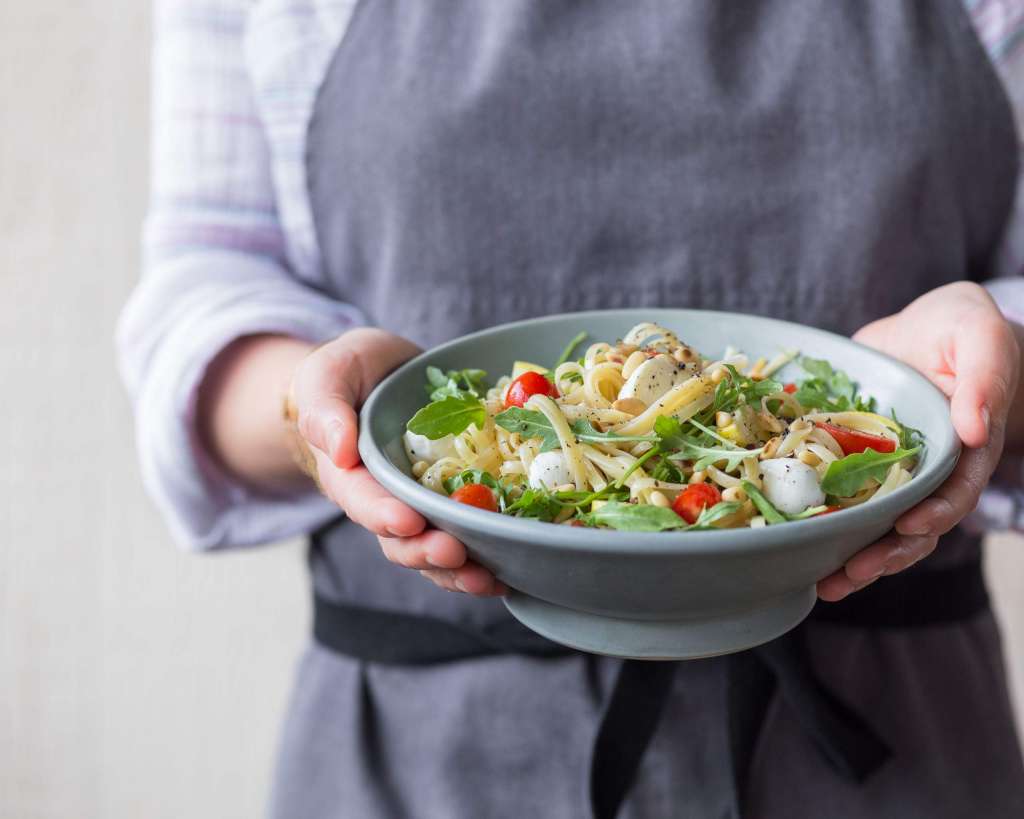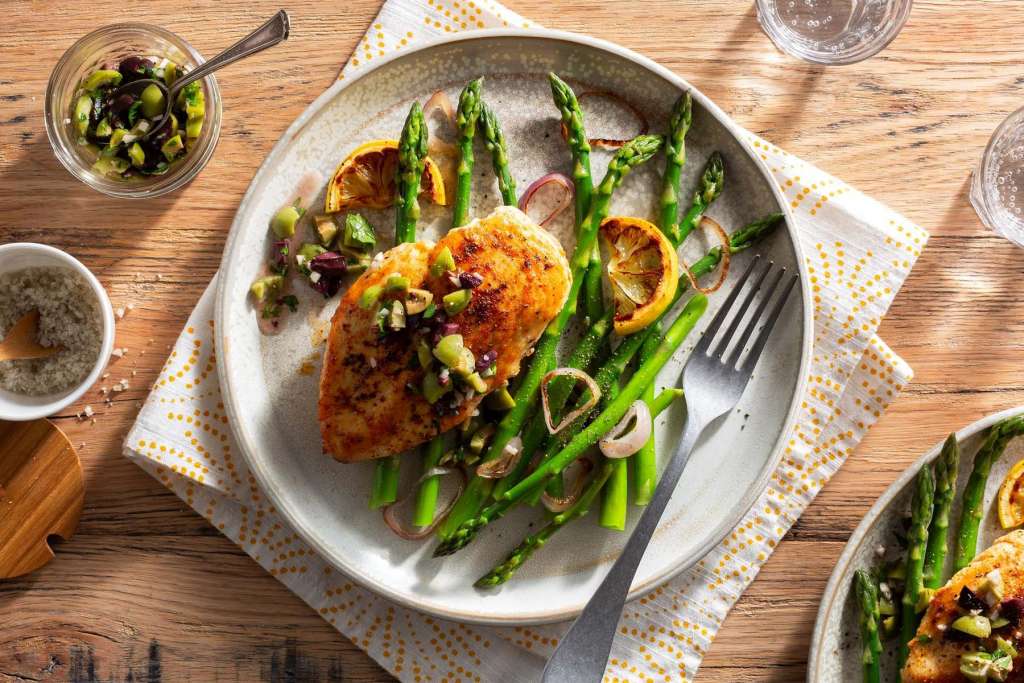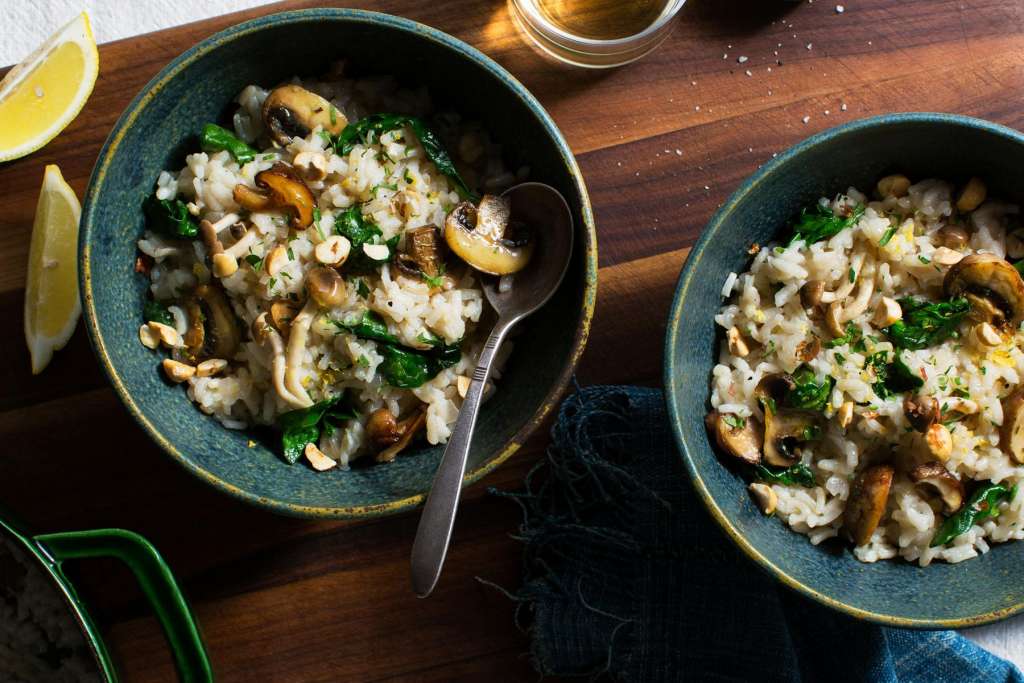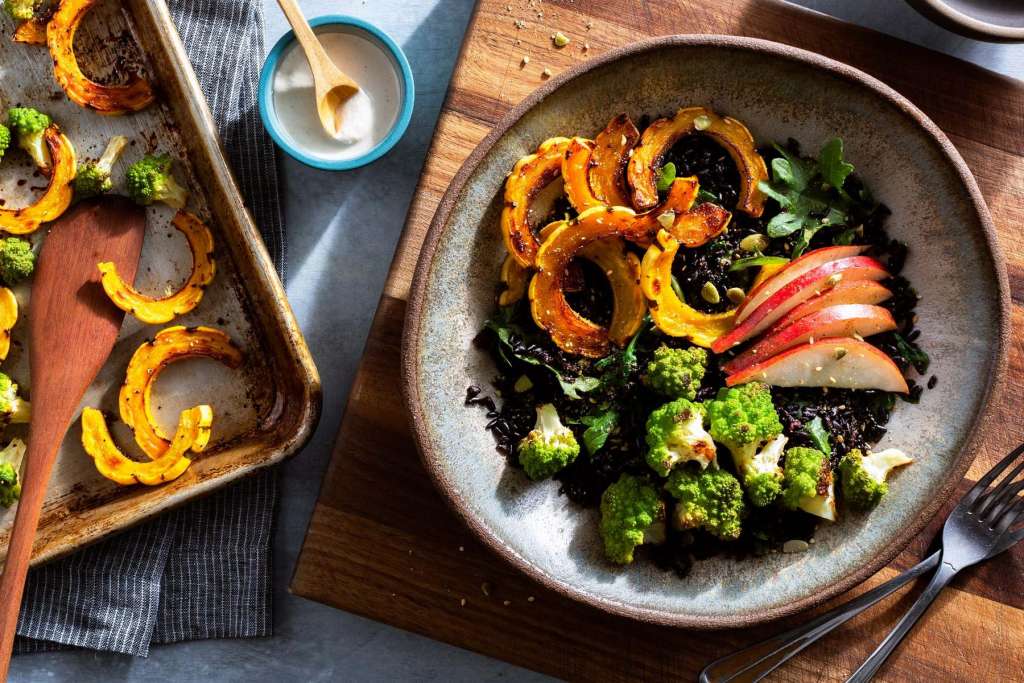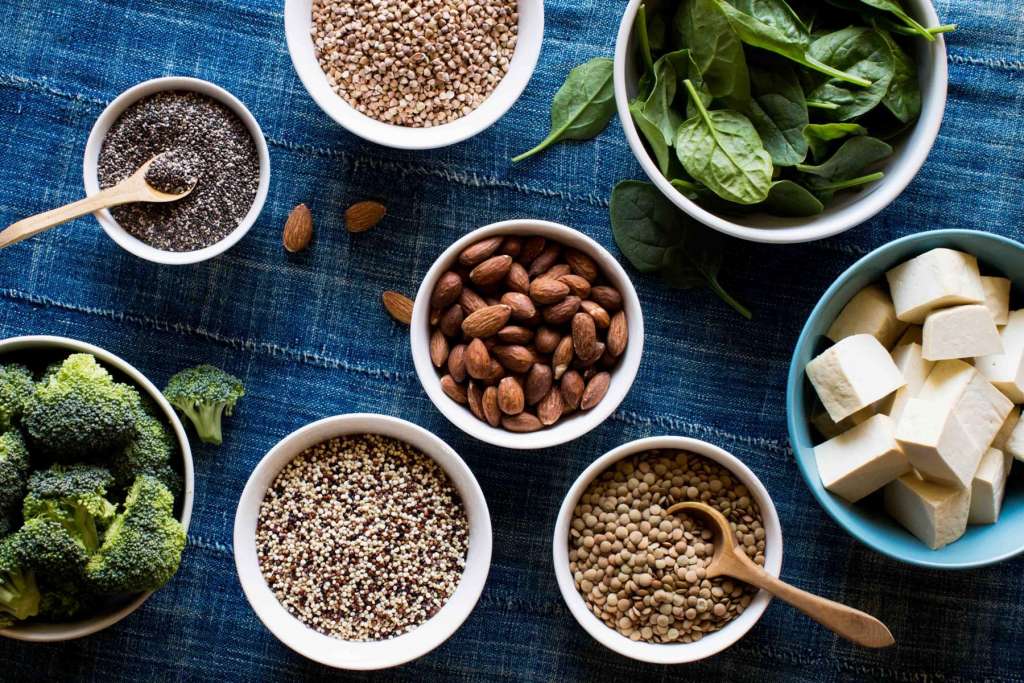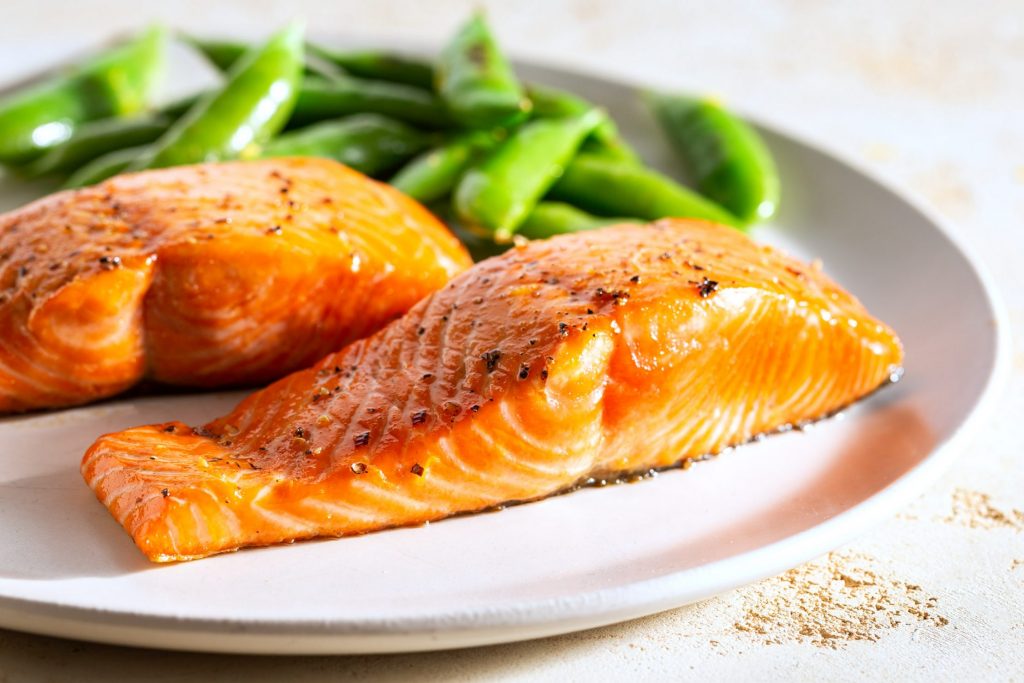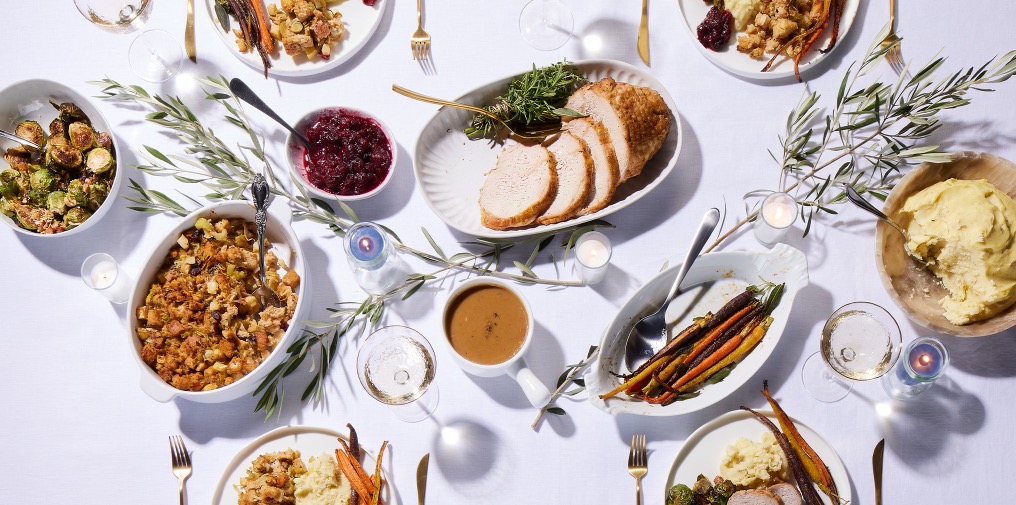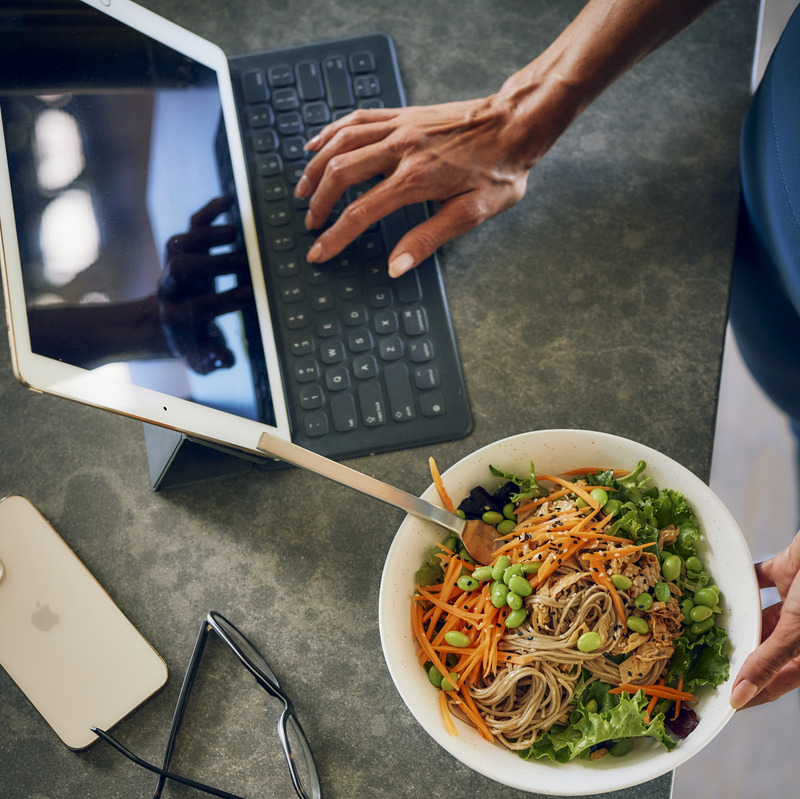10 Sweet Tips for Putting Sugar in Its Place
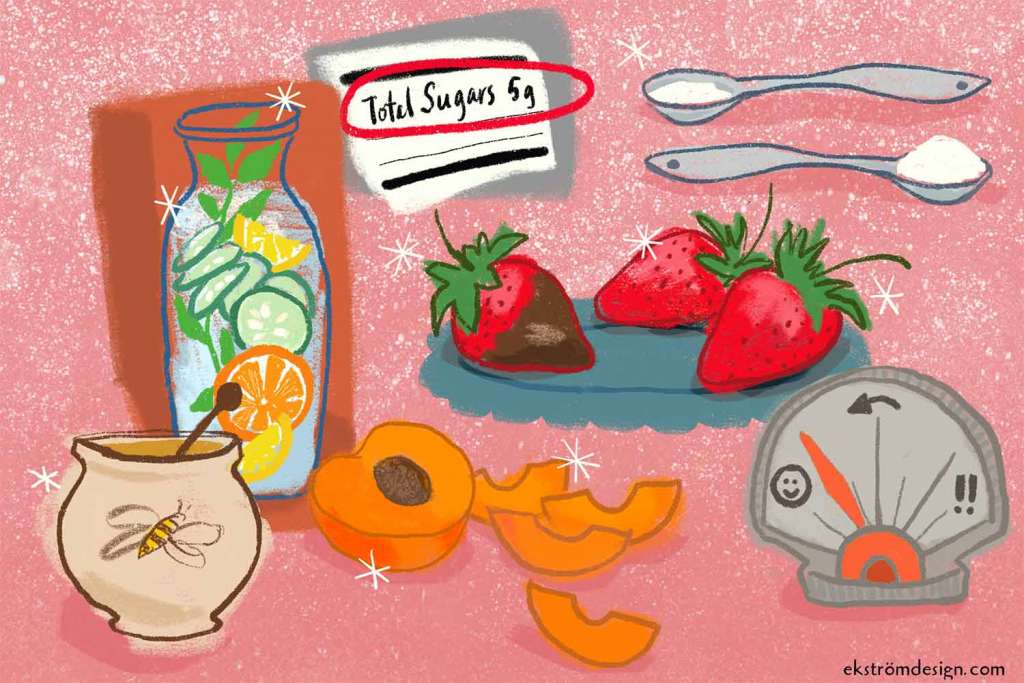
- Avoid artificial anything. Steer clear of those colorful chemical-filled packets (the questionable ingredients are in fine print for a reason).
- Be skeptical of sweet promises. “Sugar-free,” “low-sugar,” “light,” etc., are simply marketing terms and all they really do is give you a strong indication that what you’re eating is full of artificial sweeteners. Alternatively, the terms “unsweetened” or “no-sugar-added” usually signal that a product is free of both added sugars and artificial sweeteners.
- Dial it back. Once you’re aware of how much sugar you’re getting, you can start to dial it back. Try adding half the amount of sugar to your coffee. Make your morning parfait with a 50/50 blend of plain and flavored yogurt, use unsweetened almond milk in your smoothies, and try natural, no-sugar-added peanut butter.
- Get smart about sugar. In order to identify the sugar in your diet, you need to know its many aliases: sucrose, sucralose, high-fructose corn syrup (HFCS), agave, rice syrup, brown rice syrup, dextrose, dextrin, maltose, maltodextrin, lactose, evaporated cane juice, and glucose syrup are just a few.
- Go whole or go home. When cooking, use whole foods like fresh or dried fruit to add sweetness to a dish. A splash of fruit juice or a drizzle of natural sweeteners like honey or maple syrup, in mindful amounts, can also do the trick.
- Look at the labels. We all know that there’s plenty of sugar in pastries and candy, but a surprising amount of the sugar in our diet sneaks in on the DL. Scan the ingredient list for sugar synonyms, and check out the grams of sugar per serving displayed on the nutrition facts panel. (Pro tip: 1 teaspoon of sugar = 4g of sugar.) Soon, new FDA regulations will require all labels to differentiate between naturally occurring sugars and added sugars, which will make dodging sugar even easier.
- Marie Kondo your plate. Yes, we eat to nourish our bodies, but we also eat for pleasure, social connection, and so so much more. Birthdays, anniversaries, and treat yo-self occasions are often celebrated with sweets. Instead of banishing sugar altogether, simply raise your standards. Ask yourself, does this food, on this occasion, spark joy? If so, indulge with intention.
- Practice patience with your palate. Your taste buds need time to become more sensitive to sugar—Dr. Katz calls this “tastebud rehab.” Soon, fresh fruit will become the perfect level of sweetness, and your favorite dessert will taste way too sweet. Hard to believe, but it’s true.
- Rethink your drinks. Sweetened beverages are one of the most concentrated sources of added sugar: energy drinks, soda, sports drinks, etc. While you’re at it, ditch the “diet” drinks too, these almost always indicate that artificial sugars are at the scene of the crime. Pro tip: Beverages don’t have to be boring, here are some ideas for spa waters to get you inspired to sip something better.
- Up your awareness. The first step for change is always establishing awareness. Before we can get to where we are going, we need to know where we currently are. Pay attention to how much sugar you’re actually adding to your coffee, how much sugar is in the yogurt you eat for breakfast every day, or in the nutrition bar you eat at 3 p.m.
Illustration by Ekström Design
